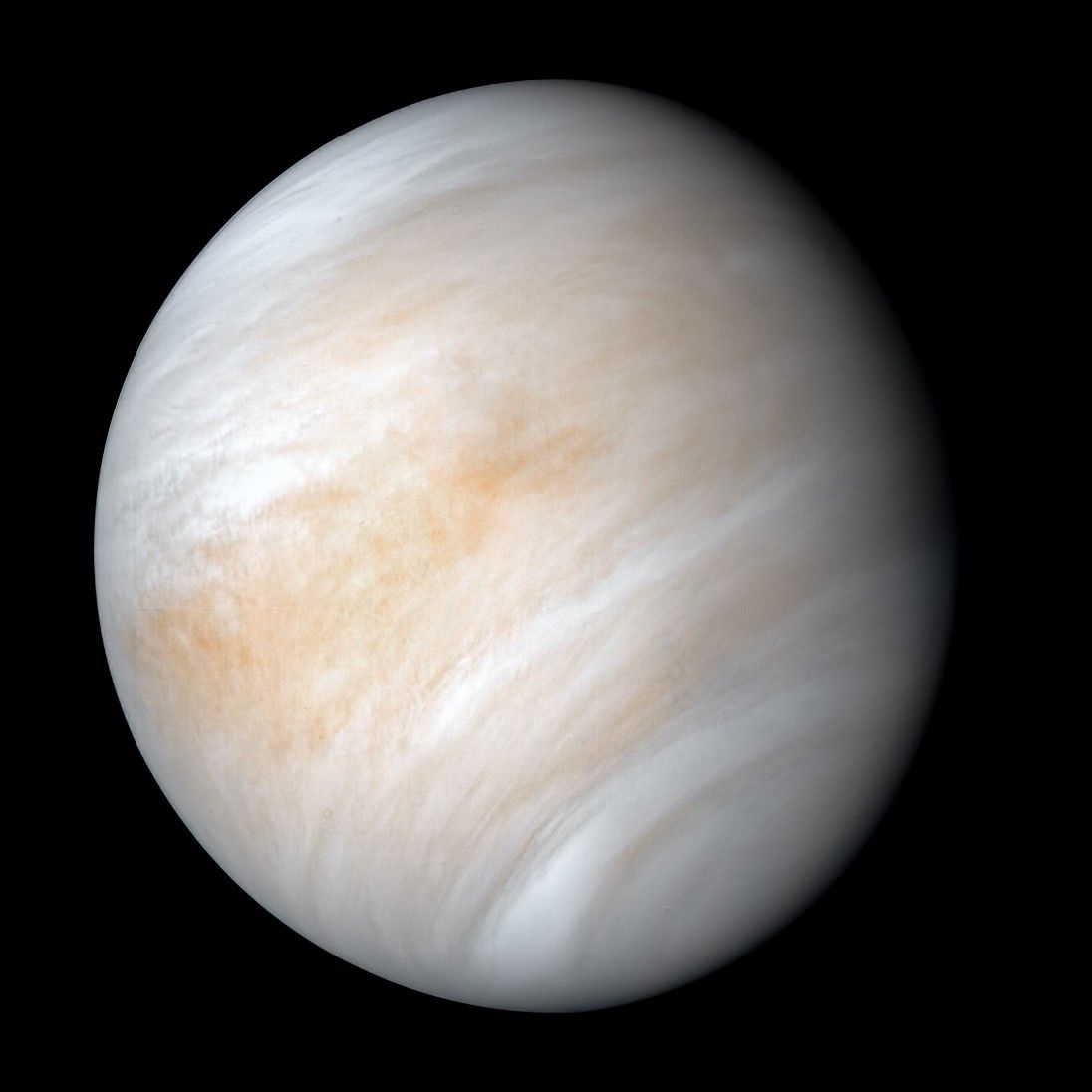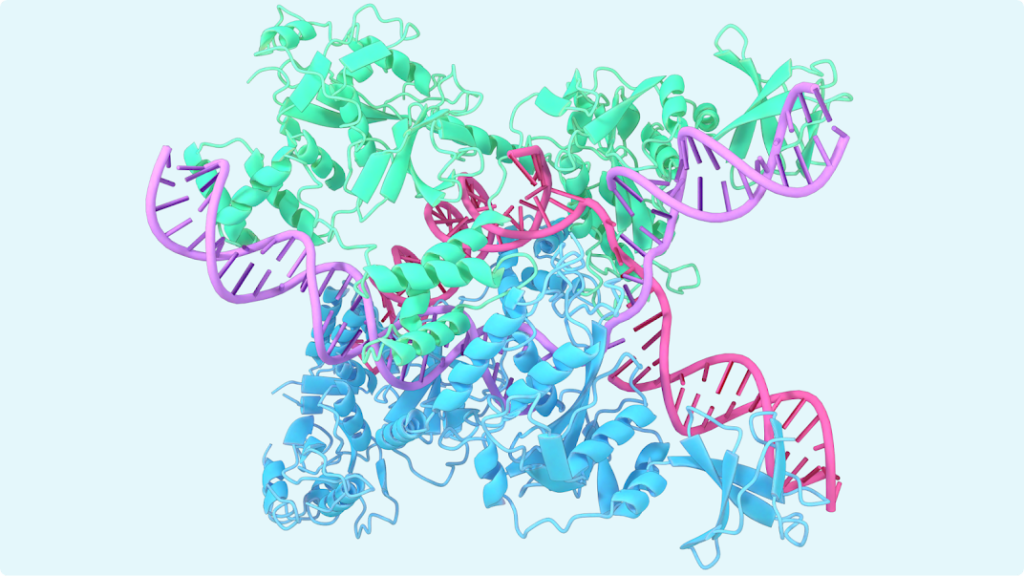Blue Pea (Clitoria Ternatea): Uses and Benefits You Should Know
Blue pea (Clitoria ternatea) is not only a visual delight but also a powerhouse of health benefits. From enhancing brain function and promoting heart health to supporting radiant skin and boosting immunity, this vibrant flower offers a wide range of uses.

What is Blue Pea (Clitoria Ternatea)?
Blue pea is a flowering plant belonging to the Fabaceae family. Its deep blue petals contain anthocyanins, which give the flower its vibrant color and contribute to its antioxidant properties. Traditionally used in Ayurvedic and Chinese medicine, the blue pea has gained global popularity due to its wide range of applications and health-promoting properties.
Where Can Blue Pea Be Used?
1. Herbal Teas and Infusions
One of the most popular uses of blue pea is in butterfly pea tea. The flowers are steeped in hot water to create a striking blue-colored tea that changes to purple when lemon or lime is added due to its pH sensitivity.
➡️ How to Use:
- Brew dried blue pea flowers in hot water for 5-7 minutes.
- Add honey or lemon for enhanced flavor.
2. Natural Food Coloring
Due to its vibrant blue pigment, blue pea is often used as a natural food dye in beverages, desserts, and rice dishes. When mixed with acidic ingredients like lemon juice, it transforms from blue to purple, making it a favorite in colorful drinks and desserts.
➡️ How to Use:
- Add brewed blue pea tea to smoothies, cocktails, and mocktails.
- Use as a natural dye for rice, cakes, or ice creams.
3. Skincare and Haircare Products
Blue pea is packed with antioxidants and flavonoids, which make it a popular ingredient in skincare and haircare formulations. It helps combat free radicals, reduces inflammation, and promotes healthy skin and hair.
➡️ How to Use:
- Look for blue pea extracts in facial serums, masks, and shampoos.
- DIY face masks using blue pea powder for glowing skin.
4. Herbal Supplements and Extracts
Blue pea extracts are often found in the form of capsules, powders, and tinctures. These supplements help support cognitive health, boost immunity, and reduce oxidative stress.
➡️ How to Use:
- Follow dosage instructions on supplement packaging.
- Add blue pea powder to smoothies or herbal tonics.
5. Culinary Delights
Blue pea is commonly used in traditional Southeast Asian dishes, such as nasi kerabu (a Malaysian blue rice dish) and colorful desserts like blue sticky rice.
➡️ How to Use:
- Add blue pea extract or tea to rice dishes for natural coloring.
- Incorporate into cakes, jellies, and sweet treats.
Top Health Benefits of Blue Pea (Clitoria Ternatea)
1. Boosts Brain Function and Memory
Blue pea has been traditionally used in Ayurvedic medicine as a nootropic to enhance cognitive function and improve memory. It contains compounds that increase acetylcholine levels, a neurotransmitter responsible for learning and memory.
2. Rich in Antioxidants and Anti-Inflammatory Properties
The anthocyanins in blue pea act as powerful antioxidants that neutralize free radicals and reduce oxidative stress. It also possesses anti-inflammatory properties that can help soothe inflammation and promote overall well-being.
3. Promotes Skin and Hair Health
Blue pea is loaded with flavonoids and antioxidants that support collagen production and protect skin from environmental damage. It also strengthens hair follicles, reduces hair fall, and promotes thicker, shinier hair.
4. Supports Heart Health
Regular consumption of blue pea tea may contribute to better cardiovascular health by lowering blood pressure, reducing cholesterol levels, and improving circulation.
5. Regulates Blood Sugar Levels
Blue pea has been shown to help regulate blood glucose levels by improving insulin sensitivity. This makes it beneficial for individuals managing diabetes or prediabetes.
6. Enhances Immunity
The high antioxidant content in blue pea boosts the immune system by protecting cells from oxidative damage and improving overall immune function.
7. Aids in Detoxification
Blue pea acts as a natural diuretic, helping the body flush out toxins and promote kidney health. It also aids in liver detoxification, ensuring a healthier internal system.
Sources: https://www.ncbi.nlm.nih.gov/pmc/articles/PMC7601033/
https://www.frontiersin.org/articles/10.3389/fphar.2019.00143/full
https://www.ncbi.nlm.nih.gov/pmc/articles/PMC6017708/
What's Your Reaction?












/https://tf-cmsv2-smithsonianmag-media.s3.amazonaws.com/filer_public/54/66/546650fa-26a4-40fd-8d6d-5a7a04540f81/rosetta2.png)
:max_bytes(150000):strip_icc():focal(999x0:1001x2)/robert-prevost-050825-1-39395418ab494da5a3a700c9478e66c8.jpg)















































format(webp))
format(webp))


























